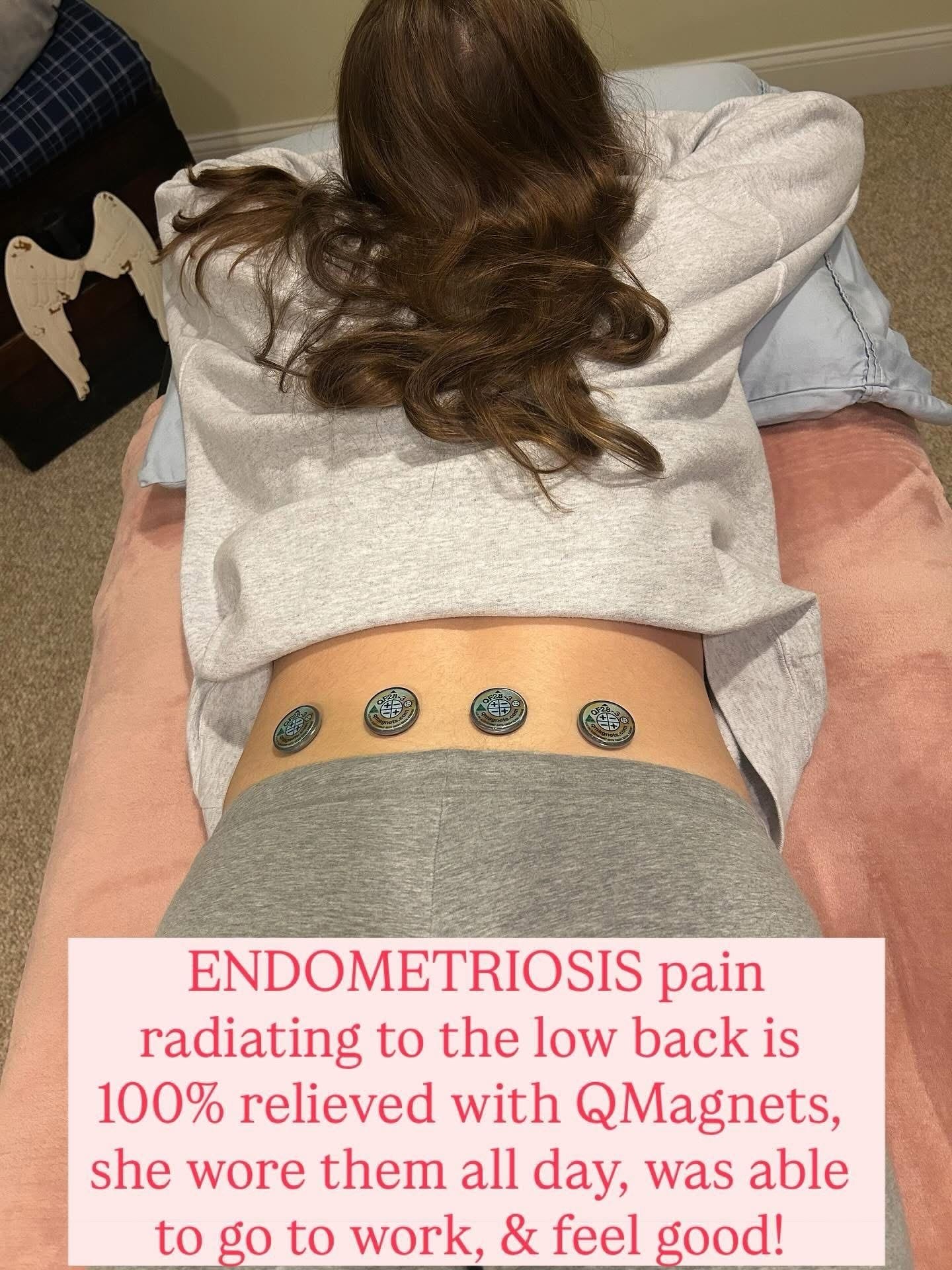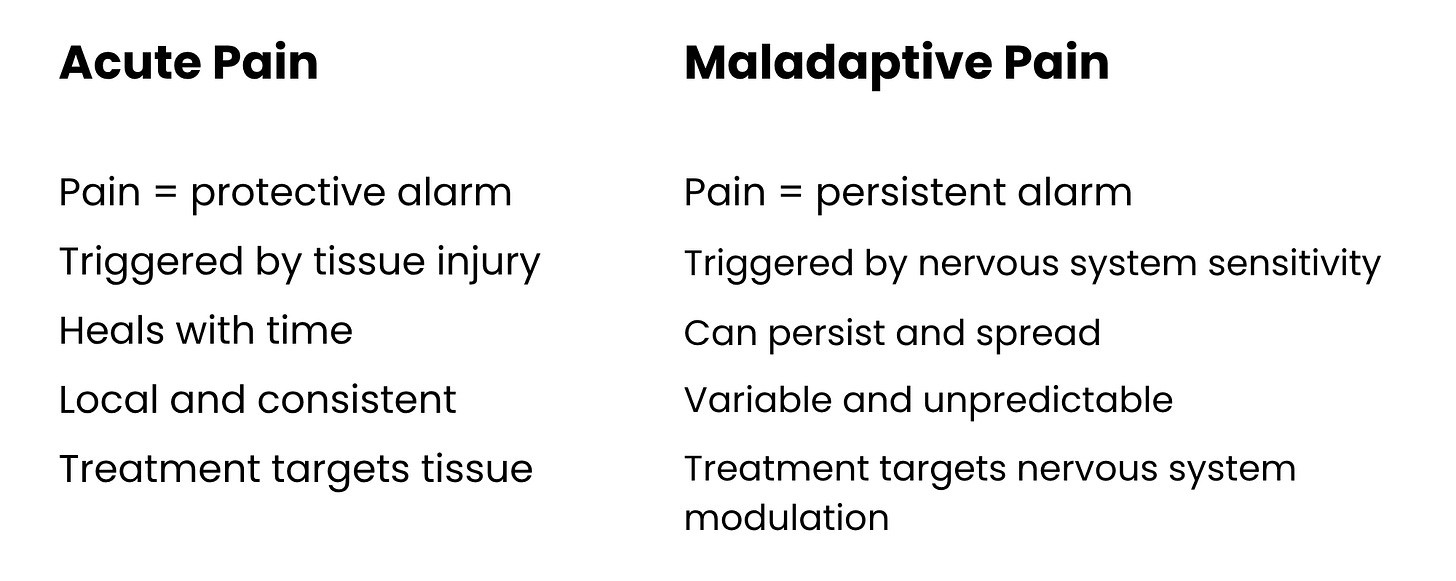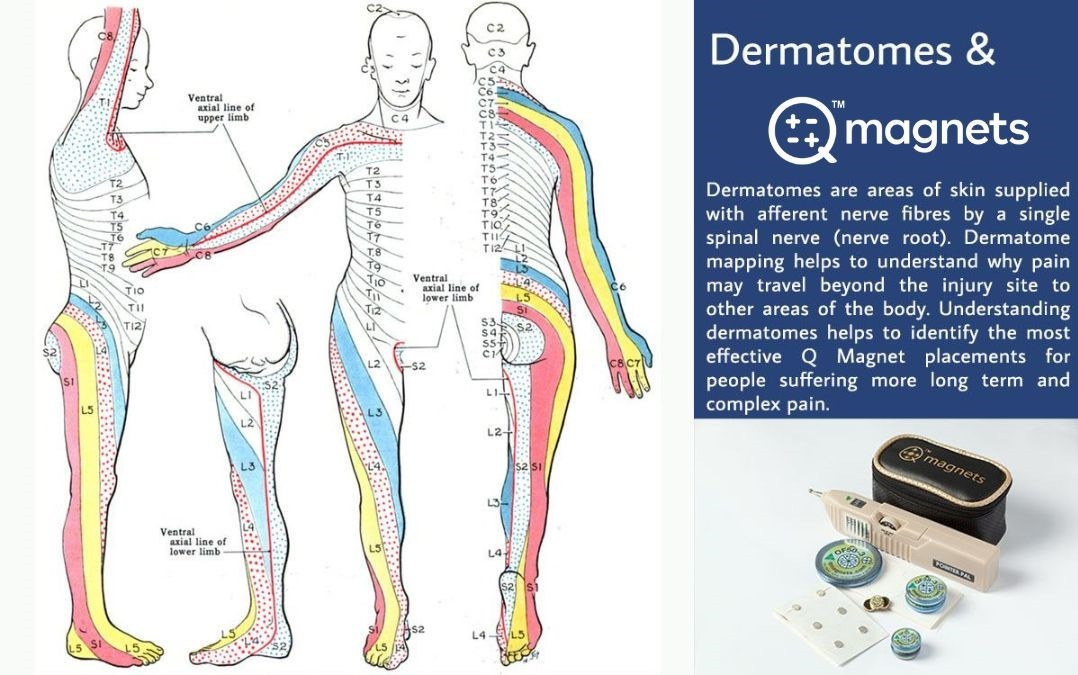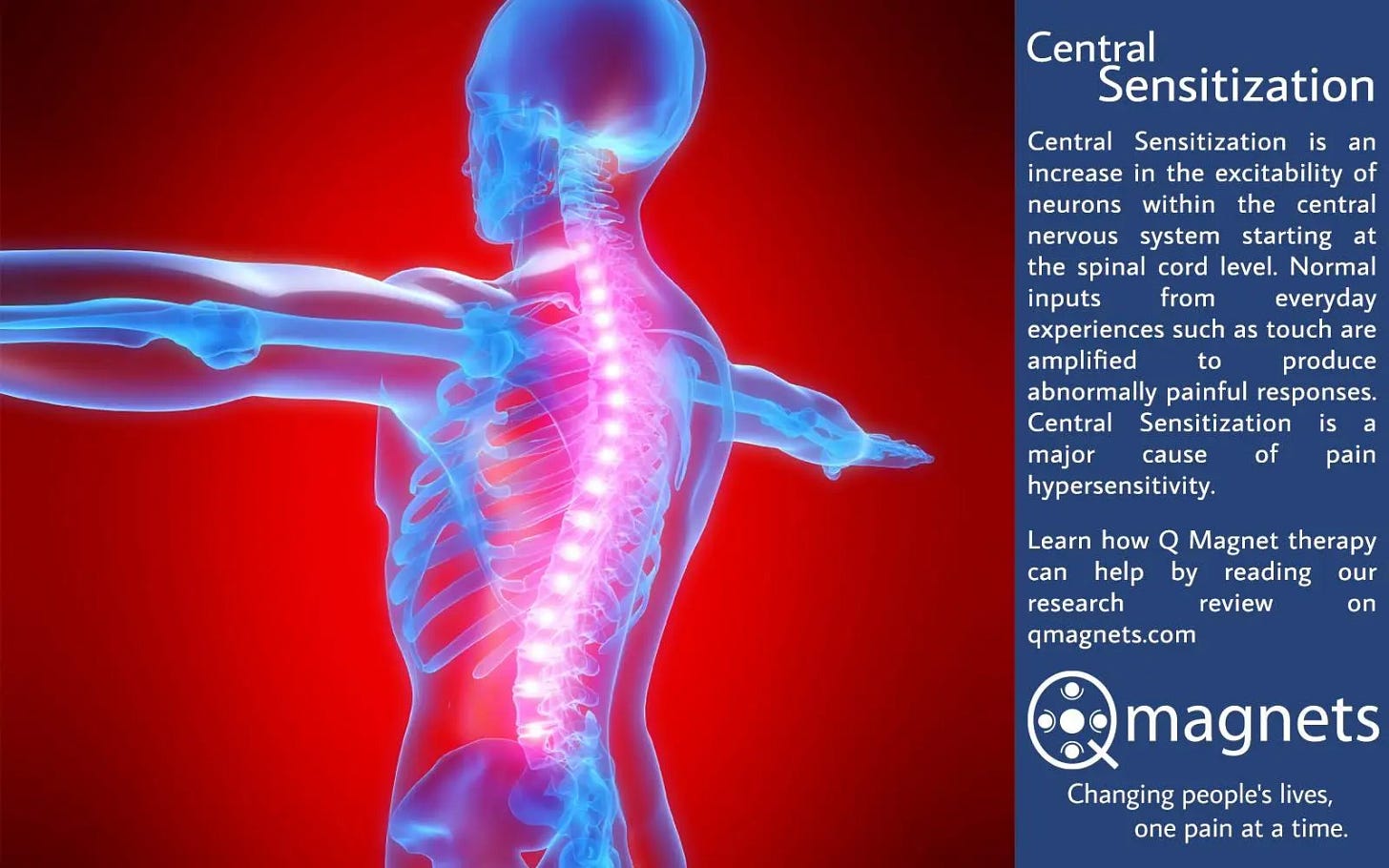When Pain Changes, Magnet Placement Should Too — Real Relief for Endometriosis
Understanding shifting pain and adaptive magnet placement
🌸 Real Pain Relief for Endometriosis and a Lesson on Maladaptive Pain
Case study from a physiotherapist using Q Magnets in clinical practice
Recently, an experienced physiotherapy customer shared a remarkable case on her Instagram. Her client, suffering from endometriosis pain radiating to the low back, experienced complete relief after a single day of wearing Q Magnets.
“This was yesterday and I posted it on social media because it was so significant,” she said.
“We placed the magnets in the morning with tape, she wore them all day, and that evening we took a photo because she was so happy and wanted to help me spread the word!”
In this case, the magnets were placed directly across the lower back, targeting an area reflecting the nerve distribution related to the client’s pain pattern. The result? She was able to go to work, feel good, and function normally again.
🧲 Understanding Placement: It’s Not Always One-Size-Fits-All
When applying static magnetic fields for pain relief, placement matters, but not always in predictable ways.
As the physiotherapist explains:
“When clients come, I place the magnets where the pain is. If there’s no shift in 15 minutes, I move them, which I’ve only had to do once.
If it’s nerve pain, dermatome placement on the spine works best; for other pain types, directly on the pain often works well.”
This adaptability is key. While traditional pain from a disc bulge or muscle strain tends to stay localized, maladaptive pain (as seen in conditions like neuropathic pain and fibromyalgia) can be far more fluid.
Endometriosis, on the other hand, involves visceral and inflammatory pain that can overlap with neuropathic patterns, often fluctuating with hormonal cycles. This means magnet placement may need to adjust from episode to episode, even within the same person.
🔬 What Is Maladaptive Pain?
Pain is meant to protect us, but sometimes the system keeps sounding the alarm long after the danger has passed.
When pain persists well beyond normal healing time, the nervous system can become hypersensitized, sending amplified pain signals in response to ordinary sensations. This is known as maladaptive (or central) pain.
In simple terms:
🔸 Acute pain = protective signal → tissue injury → healing → pain stops
🔸 Maladaptive pain = persistent signal → nervous system rewiring → pain continues
Static magnetic fields, such as those generated by Q Magnets, may help modulate abnormal nerve activity and support balance between the sensory and autonomic nervous systems.
Q Magnets help calm an over-sensitised system.
💡 Clinical Insights
As our physiotherapist described:
“Endo plaques grow in different locations from woman to woman. This person’s pain radiated to her back, likely from endo in the rectouterine pouch. Today she used three Q Magnets across the low back and one suprapubic, which worked well for what her symptoms were today.”
So, for endometriosis at least, placement may need to be modified from episode to episode, even in the same individual.
The Takeaway
This case beautifully illustrates both the precision and adaptability of multipolar static magnetic fields. It’s not about chasing pain, it’s about understanding it.
Even for the same patient, optimal placement can evolve over time as symptoms shift. This flexible, feedback-driven approach is what makes Q Magnets so useful for complex pain conditions.
If you have access to a skilled therapist experienced in Q Magnet placement, that’s often the best way to achieve great results, especially for more complex conditions.
If you’re unable to see a professional, it may require a little extra perseverance and patience.
Feel free to reach out, we may be able to offer some guidance or point you toward helpful resources:
Until next time, stay curious and stay well.
James Hermans and the Q Magnets Team
Special thanks to physiotherapist Lisa MacDonald from Align Therapeutics, Massachusetts United States.
Follow Lisa at:








